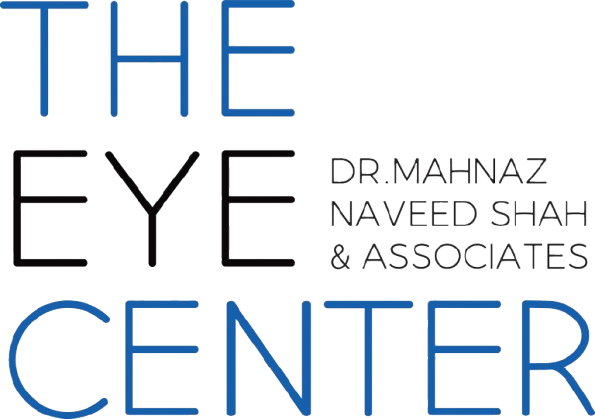Lacrimal gland (tear glands) inflammation is known as dacryoadenitis. Behind the upper outer corner of each of your eyes is a lacrimal gland. They function as a component of your tear system and produce tears. Each gland is roughly the size of an almond.
One of your lacrimal glands will swell if something irritates it. The medical term for this inflammation is dacryoadenitis.
Dacryoadenitis can be caused by lots of conditions, but it is usually an infection or an autoimmune disease. It can affect one of your eyes (unilateral dacryoadenitis) or both of them at the same time (bilateral dacryoadenitis).
To move your affected eye may hurt. It is possible that your tear gland overproduces tears, which can make your eyes feel wet. Your vision is typically unaffected by dacryoadenitis. However, if the swelling is too extreme and puts pressure on your eye, it may affect your vision.
Dacryoadenitis patients frequently experience panic or a sense of fear regarding their damaged eye. Almost always, dacryoadenitis is a transient ailment that may be managed with medicine. You will likely need around a month to heal, depending on what is causing the dacryoadenitis.
Dacryoadenitis can strike anyone. Because it can be brought on by so many other ailments or problems, experts are unsure of the precise number of people who get it each year.
According to certain research, adults under the age of 50 are more likely than adults over the age of 50 to develop dacryoadenitis.
Women and those who are assigned female at birth (AFAB) are more likely to develop dacryoadenitis caused by an autoimmune disease. According to experts, this is because autoimmune disorders are more prevalent in such individuals overall.
Symptoms of dacryoadenitis include Swelling around the upper outside corner of your eye (the corner furthest away from your nose). Ptosis (a drooping eyelid), pain, epiphora (watery eye) or discharge, swollen lymph nodes near your ear and discoloration and a feeling of warmth. The Ophthalmologist will diagnose dacryoadenitis with an eye exam.
They will exam your eye, including the interior, and inquire about your symptoms. A blood test may be required to look for indicators of infection or inflammation. They might also perform a lacrimal gland biopsy.
An imaging test may also be required by your eye care professional to take image of your lacrimal gland and to detect any skin inflammation. The most frequent imaging examinations used to identify dacryoadenitis are MRI and a CT scan.
Washing your hands frequently is the greatest approach to avoid getting acute dacryoadenitis, especially before touching your eyes. Any bacteria on your hands can enter your body through the mucous membranes in your eyes, nose, or mouth when you rub your eyes, touch your nose or mouth, or both. Use soap and water that is clean and running to wash your hands, then scrub them for at least 20 seconds.
Chronic dacryoadenitis may be tough to prevent if you have an autoimmune condition. How to deal with your symptoms as they come and go will be explained to you by your doctor.
At The Eye Center- Dr. Mahnaz Naveed Shah & Associates our team of eight ophthalmology subspecialists/ eye specialists, eye surgeons who are considered amongst the very best eye specialists in Karachi and in Pakistan, have the diagnostic and treatment capabilities to treat from the simplest to the most complex patients. We work hard to provide our patients with the best possible medical and surgical eye care, in a state of the art purpose built eye care facility. We offer the entire array of medical, laser and surgical treatments to help provide patients the best possible care in the most efficient, safe and ethical manner.
If you need an appointment, please contact us at 03041119544 during our working hours or leave us a WhatsApp message at +923028291799 and someone will connect with you. Walk-in appointments are also available for emergencies. We can also be reached through our web portal on www.surgicaleyecenter.org

